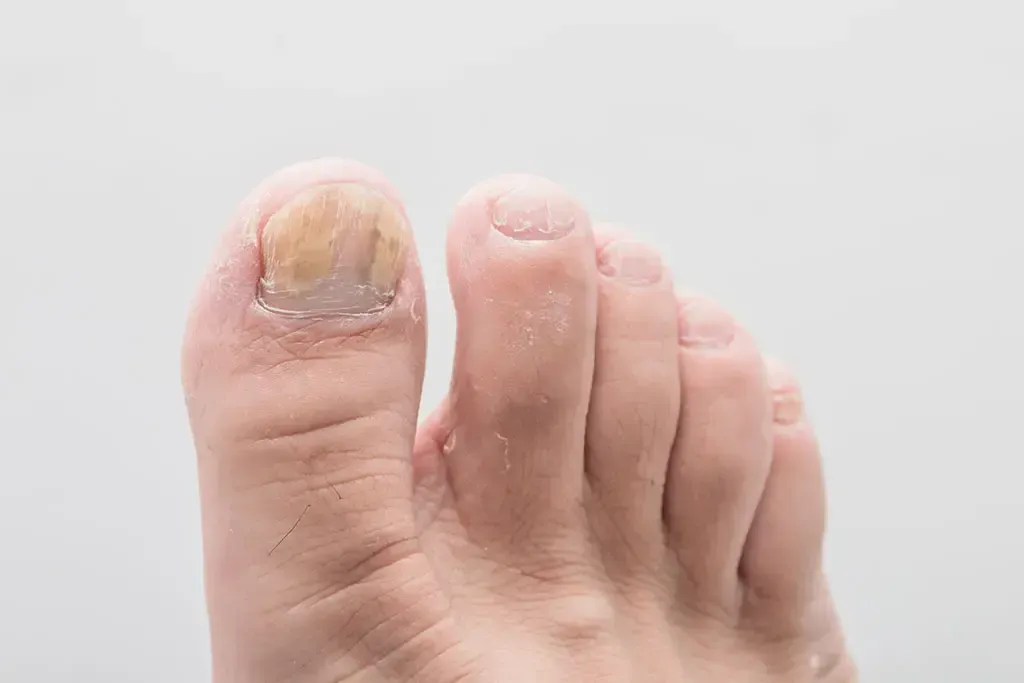Fungal Skin & Nails

Fungal infections of the feet are common but often persistent if not properly treated. These infections can affect both the skin and the nails, presenting as
Athlete’s Foot (tinea pedis) or
fungal nail infections (onychomycosis). They thrive in warm, moist environments, making feet particularly vulnerable—especially for those who are active, wear enclosed footwear for long periods, or frequent communal areas such as gyms, pools, and changing rooms.
Athlete's Foot
Athlete’s Foot typically causes symptoms such as
itching, burning, redness, peeling skin, and sometimes
cracking or blistering, usually between the toes or along the soles. If left untreated, it can spread to other areas of the foot—or even to the toenails, where it becomes harder to eliminate.
Fungal Nails
Fungal nail infections often start gradually, with nails becoming
discoloured (yellow, white or brown), thickened, brittle, crumbly, or misshapen. These infections can be difficult to treat without professional help and may cause discomfort or embarrassment if allowed to progress.
At The Podiatry Clinic, our team is experienced in diagnosing and managing fungal infections at all stages.
We offer a range of evidence-based treatment options, including:
- Topical antifungal treatments tailored to the type and severity of infection
- Partial or full nail removal for severe or recurring fungal infections, allowing healthy regrowth and better treatment outcomes
- Nail debridement (thinning and trimming thickened nails for better treatment)
- Oral antifungal medication (in collaboration with your GP, if required)
If you're struggling with persistent fungal skin or nail infections, we can help. Early diagnosis and professional treatment can make all the difference in achieving a full recovery and keeping your feet healthy long-term.

